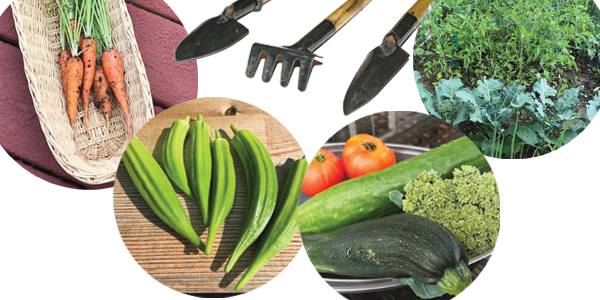

Krista Pasfield is a resident of St. James on New York’s Long Island.
She is a Director of Operations and in her free time, an avid organic home gardener, world traveler, and writer. Krista may be reached at krista.pasfield@gmail.com
Here in the dark days of winter, it may seem counterintuitive to think about your summer vegetable or flower garden. However, now is the time to start planning so your garden can be ready to go once the ground starts to warm up!
Given the year we just had, getting out and into the dirt has seen an unprecedented rise in popularity. Having fresh produce on-hand can cut down on trips to the grocery store, help save money, support a sustainable lifestyle, and is enormously rewarding. Fresh-cut blooms can make a house feel like a home. A bit of patience and a couple of simple tools is all that’s needed to create a bed of flowers or vegetables that will provide four-seasons’ worth of fun, learning, and exercise.
Now is the perfect opportunity to start scouting for optimal growing locations in and around your home. It’s important that plants be located in a sunny place, receiving at least eight hours of sunlight every day. Remember, the sun will track differently over the course of the spring, summer, and fall, so choose an area that maximizes sunlight throughout the growing season.
Gardens should be planted in an area of fertile ground with dark, rich soil that can be tilled with hand tools or by mechanical means. Too much sand or clay will cause drainage problems, and possibly not provide enough nutrients to growing plants. Local garden centers, nurseries, or reputable online resources can provide useful tips on growing fruits, vegetables, flowers and other plants that will thrive in your area.
Most popular varieties of garden plants can be started indoors over the winter using a simple peat pot tray, seeds, water, and sunlight near a window. Peat pots and seeds are available at your local home store or from a variety of online retailers. After planting seeds, keep the peat damp (but not wet), to encourage germination. Tent planted seeds with plastic wrap to retain moisture and create a greenhouse effect. The covering should be removed once seeds have sprouted. Seeds started in biodegradable peat pots can be transplanted directly into the ground or an outdoor pot after the threat of frost has passed. Using biodegradable starters eliminates transplant shock, which can occur when a plant is moved from its original growing container to a new medium and can have a negative effect on a plant’s growth and production. When planning and planting a vegetable garden, consider adding native plants and flowers nearby to attract pollinators, especially bees and butterflies. This will increase the garden’s yield naturally.
Prepping your garden now can help stave off the winter doldrums and ensure your garden is ready to go once spring rolls around. Happy planting!












 20 lucky winners will win $500 each in prizes totaling $10,000.
20 lucky winners will win $500 each in prizes totaling $10,000. 